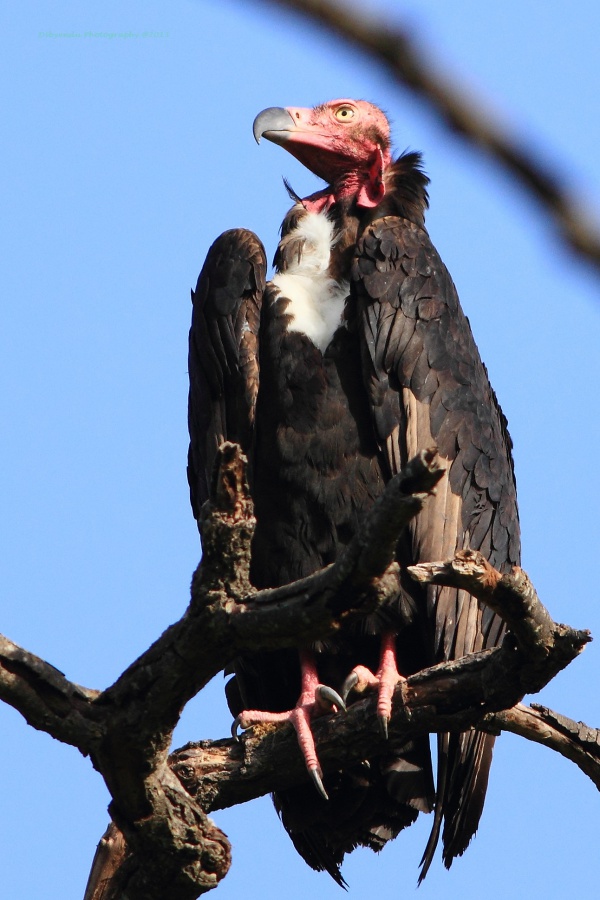Facts About Red-headed vulture
The red-headed vulture, also known as the Asian king vulture, Indian black vulture, or Pondicherry vulture, is a striking bird native to the Indian subcontinent, with a few sparse populations in Southeast Asia. This medium-sized vulture is distinguished by its bold, red to orange head and a black body accented by a pale grey band at the bases of its flight feathers. It boasts an impressive wingspan ranging from 1.99 to 2.6 meters and typically weighs between 3.5 to 6.3 kilograms.
Once prevalent across the Indian subcontinent and parts of Southeast Asia, the range of the red-headed vulture has now contracted primarily to northern India. These birds thrive in open landscapes, cultivated fields, semi-deserts, deciduous forests, foothills, and river valleys, often found at elevations up to 3,000 meters.
The species has faced a drastic population decline due to the use of the veterinary drug diclofenac in India, which is extremely toxic to scavenging birds like vultures. As a result, the red-headed vulture was classified as critically endangered on the IUCN Red List in 2007.
To combat this crisis, efforts are underway to promote safer alternatives to diclofenac, such as meloxicam, which is less harmful to vultures. Conservation programs, particularly in countries like Cambodia, are also working diligently to protect these majestic birds from threats like hunting and poisoning.
By raising awareness and implementing these protective measures, there is hope to save the red-headed vulture from the brink of extinction and ensure its survival for future generations.

 Myanmar (Burma)
Myanmar (Burma)